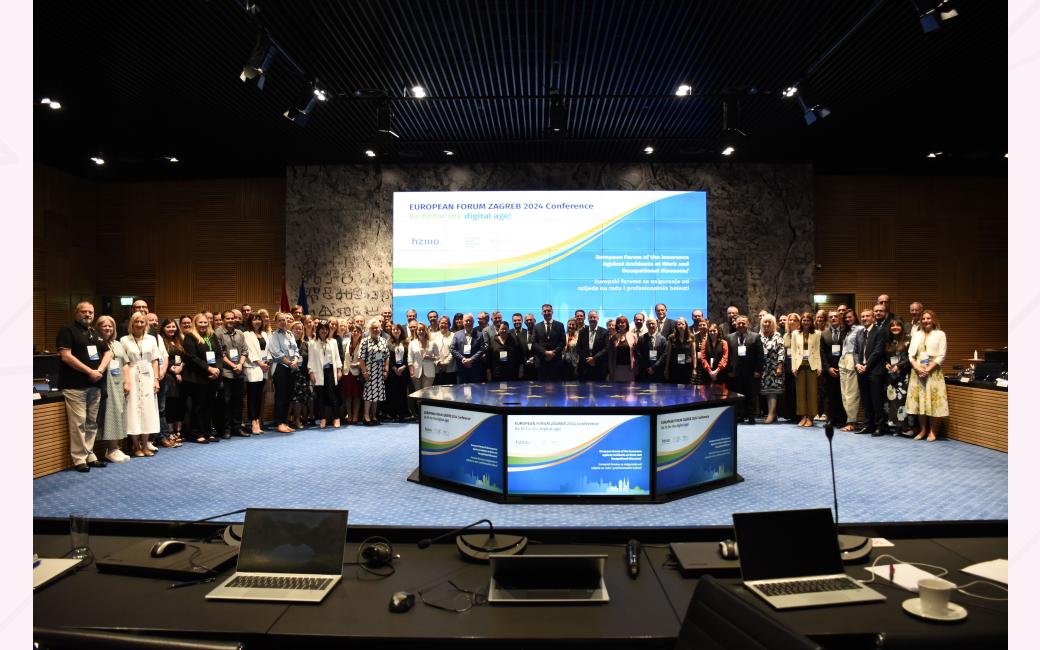Croatia is a high-income country in south-east Europe, bordering Slovenia, Hungary, Serbia, Bosnia and Herzegovina, and the east coastline of the Adriatic Sea. In 2022, the country’s population was 4 million people and, as stated in Croatia: Country Health Profile 2023, life expectancy was 77.7 years.
The following extract from Croatia: Country Health Profile 2023, published by the European Observatory on Health Systems and Policies, summarizes Croatia’s health system.
[Health system organization and health spending]
In Croatia’s mandatory health insurance system, the Croatian Health Insurance Fund (CHIF) is the sole insurer and main purchaser of health services. It also offers complementary insurance to cover healthcare copayments on a voluntary basis. Over 60% of the population has this voluntary health insurance (VHI) which is also purchased from private insurers. The Ministry of Health is responsible for stewardship in the health system, health policy development, planning and evaluation, public health, regulatory standards, and training of health professionals. …
Most healthcare providers (especially in secondary and tertiary care) remain under public ownership, but the number of private providers, especially in primary care, is growing.
Health expenditure as a percentage of GDP was 8.1% in 2021 compared to an EU [European Union] average of 11.0%. … [I]n per capita terms, Croatia spends less on health than most other EU countries, reaching EUR 1 787 per capita (adjusted for differences in purchasing power) in 2021.
Croatia spends a higher share of public funding on health than most countries with comparative levels of expenditure, amounting to 85.5% in 2021. Out-of-pocket (OOP) payments accounted for only 9% of health spending, which was well below the EU average of 15%, while the voluntary health insurance component of health expenditure (5.1% in 2021) accounted for a slightly larger share than the EU average (4.4%).
Pharmaceuticals make up a third (33%) of OOP spending in Croatia, compared to 24% in the EU overall, and dental care accounts for 28%, much higher than the EU average of 10%.
Benefits package
“A wide range of health services is publicly funded, and the public share of health spending is relatively high”. The report also states that health services are specified in negative and positive list, and qualifies the lists as follows:
- The negative list specifies services that are not covered such as cosmetic surgery, while the positive list specifies services, including pharmaceuticals, that are either fully covered by the mandatory health insurance system or require copayments.
- Outpatient pharmaceuticals not included in the positive list, have to be purchased by the patients at full price.
- Copayments are required for inpatient bed days and visits to primary care physicians. However, cost-sharing is capped at EUR 530 per episode of illness in secondary or tertiary care, and pharmaceuticals provided in hospitals are free of charge. There are also user charge exemptions for vulnerable population groups (such as children, students, people with disabilities, and those on low incomes) and people receiving treatment for certain conditions (such as antenatal care, cancer, infectious diseases, and chronic psychiatric illness).
[Latest reforms]
The National Health Development Plan for 2021-27 and Amendments to the Health Care Act in March 2023 introduced the concepts of integrated care, the “complex patient” (with multimorbidities), a ‘24/7/365 care model” (referring to the provision of comprehensive, continuous and coordinated care in different settings and from different care providers) and a “hospital without walls” concept (referring to care provision, management and monitoring, regardless of the healthcare setting). The amendments also aim to strengthen primary care by extending the role of health centres, including through improved coordination with long-term care and the provision of specialised outpatient care.
In March 2023, electronic health records have been introduced in all hospitals… The digital transformation of Croatia’s health system is one of the elements of the national Recovery and Resilience Plan for 2021-26.
Prior to the pandemic, Croatia had established a national health information system, with real-time data inputs from almost all healthcare providers.


